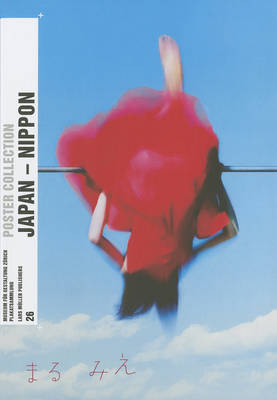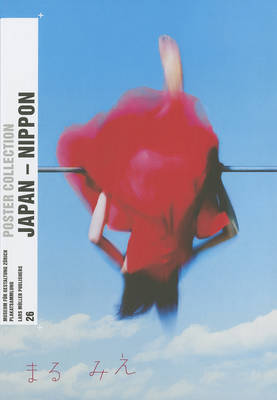
- Afhalen na 1 uur in een winkel met voorraad
- Gratis thuislevering in België vanaf € 30
- Ruim aanbod met 7 miljoen producten
- Afhalen na 1 uur in een winkel met voorraad
- Gratis thuislevering in België vanaf € 30
- Ruim aanbod met 7 miljoen producten
Zoeken
Omschrijving
Posters circulated in Japan simultaneously with the country's swift reconstruction and economic revival after the Second World War. If the first generation of poster designers was mostly guided by western modernism, searching for a universal and functional way of communication, the following generations from the 1970s onwards increasingly drew on their own pictorial tradition and maintained marked individual approaches. This was not least a reaction to the west's fascination with a poster culture with very different parameters and arguments. Until today, the Japanese poster functions most notably as a highly aesthetic image advertisement and indoor medium, presupposing the conception of the designer as an artist.
Specificaties
Betrokkenen
- Auteur(s):
- Uitgeverij:
Inhoud
- Aantal bladzijden:
- 110
- Taal:
- Engels, Duits
- Reeks:
- Reeksnummer:
- nr. 26
Eigenschappen
- Productcode (EAN):
- 9783037784228
- Verschijningsdatum:
- 17/02/2014
- Uitvoering:
- Paperback
- Afmetingen:
- 168 mm x 241 mm
- Gewicht:
- 380 g

Alleen bij Standaard Boekhandel
+ 63 punten op je klantenkaart van Standaard Boekhandel
Beoordelingen
We publiceren alleen reviews die voldoen aan de voorwaarden voor reviews. Bekijk onze voorwaarden voor reviews.








